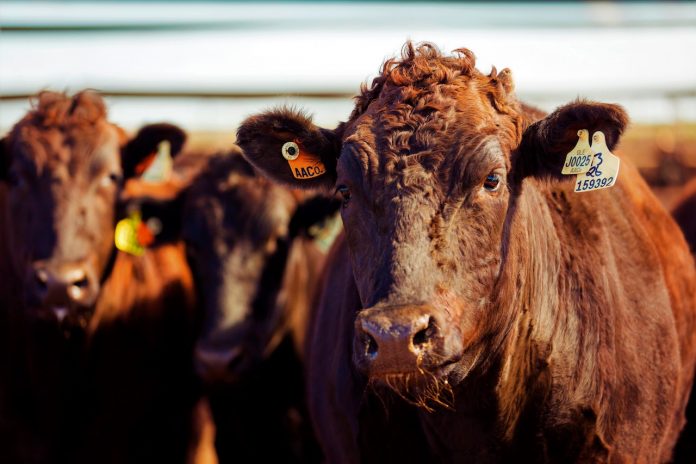
The outstanding quality of Australian wagyu beef can now be marketed using its very own flavour profile, created by researchers from The University of Queensland (UQ) in partnership with the Australian Agricultural Company (AACo).
The flavour wheel, which was developed by a team headed by flavour chemist and sensory scientist Dr Heather Smyth and AACo’s Westholme brand, was designed to provide product descriptors related to taste, aroma, and texture. These descriptions will help consumers understand the different tastes of different cuts of wagyu beef, as well as marbling grades. Flavour wheels are commonly used in other food industries such as wine, cocoa and coffee to describe flavour and sensory properties, and this project marks the first time that a vocabulary has been created to describe wagyu beef.
Dr Smyth, from UQ’s Queensland Alliance for Agriculture and Food Innovation (QAAFI), said the flavour wheel will help to increase Australian wagyu beef’s credentials and marketability for export.
“Westholme’s flavour wheel has many applications and is a significant development for the industry. For example, the flavour wheel will enable exporters and chefs to select Wagyu products based on the specific sensory experience they will provide consumers – including aroma, flavour, texture and after-taste.”
“AACo wanted accurate and informative tools to describe the unique flavour and sensory properties of Westholme Wagyu, so we developed a language tool – a lexicon – which can be used for marketing and product education,” Dr Smyth said.
A trained panel of flavour experts tasted different premium wagyu beef samples during a blind taste test and identified nearly 100 words to describe wagyu based on sensory attributes across texture, aroma and flavour. The meats were prepared under strict guidelines specifically internal temperature, cut size and shape.
“I would describe the flavour as intensely caramelised – a tender roasted juiciness, buttery and dissolving sweetness in the mouth that lingers,” Dr Smyth said. “Some cuts are more delicate with complex notes such as game meat, white pepper notes, fresh bread crust and hints of brassica.”
“This research lifts Australian beef to a new standard as world-leading producers of distinctive, quality food,” she said.
According to the Australian Wagyu Association, Australia has the largest Wagyu herd outside of Japan, and the beef is now sold globally, with 80-90% of production exported around the world. Genetics and nutrition play an important role in the end quality of wagyu beef. Australian wagyu is initially grass fed on prime Australian pasture before making a gentle transition to grain to achieve the marbling beef quality that it is renowned for, according to AWA.
Meanwhile AACo’s CEO Mr Hugh Killen said they want to clearly demonstrate the distinct flavours of home-grown, quality Australian Wagyu and then be able to properly describe these differences.
“There is a lack of understanding and education around Australian Wagyu and this wheel can help change that. We’re extremely passionate about showcasing our product and our point of difference, but also about innovating and driving education in this space,” Mr Killen said.













